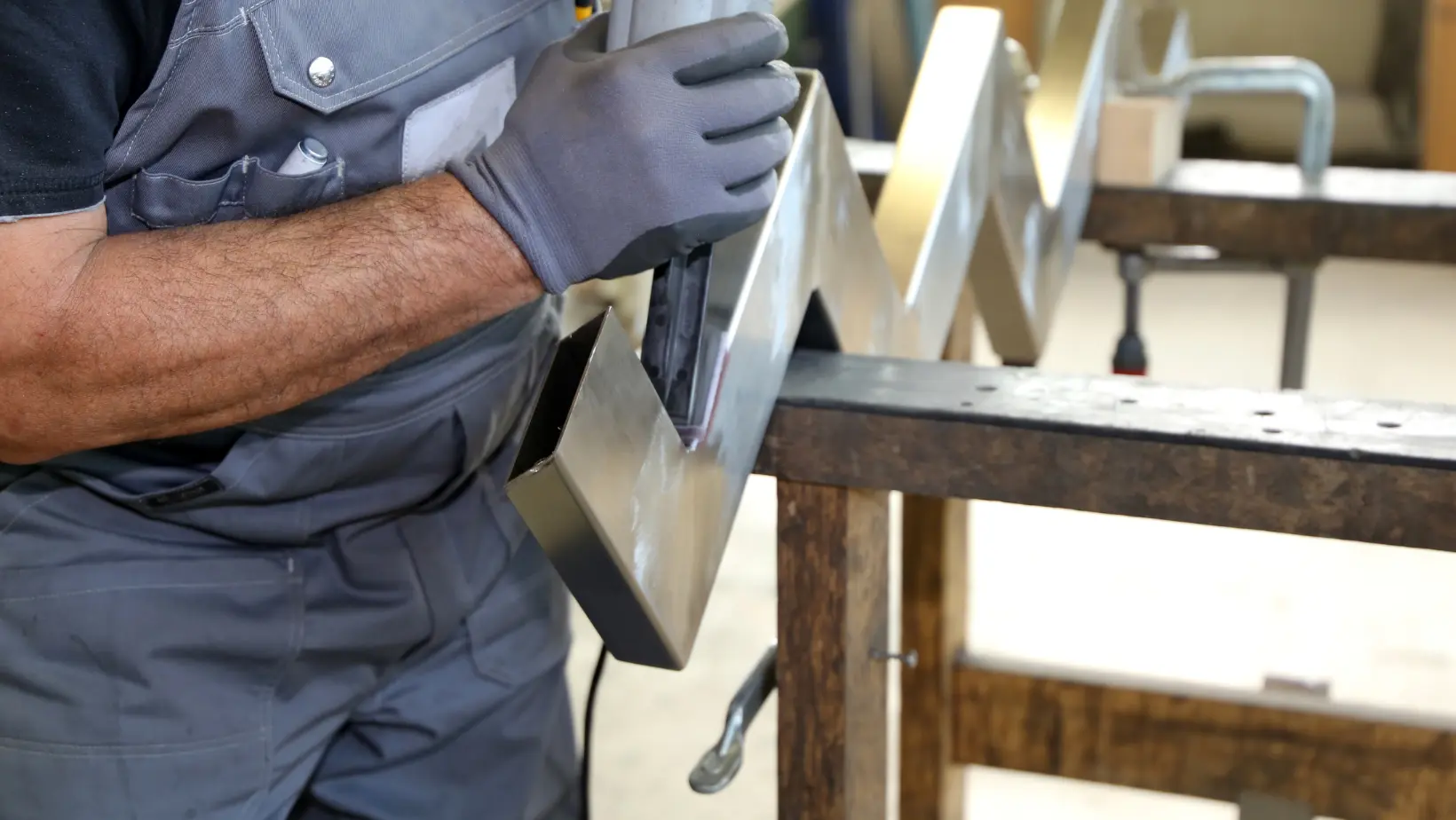
Metalworking: Everything You Need to Know
If you’re interested in metalworking, you’ve come to the right place. In this post, we’ll go over everything you need to know about this fascinating craft. We’ll start by discussing the different types of metalworking, and then we’ll move on to the various tools and techniques involved. By the end of this post, you’ll be ready to try your hand at metalworking yourself. So, without further ado, let’s get started.
What Is Metalworking?
Metalworking is the process of shaping and moulding various metals into usable objects or structures. This can include cutting, bending, and assembling different metal pieces. Metalworking is a trade that requires technical skill and precision, as even small imperfections can weaken the finished product. Professionals in this field often specialize in specific styles or techniques, such as welding or forging. Examples of metalworking products range from jewellery to vehicles to skyscrapers. It’s hard to imagine modern life without metalworking; this industry has played a crucial role in shaping our world. However, professionals in the field need to take safety precautions when handling potentially hazardous materials and equipment. Overall, metalworking is a vital industry with many diverse applications.
A Brief History of Metalworking:
Metalworking can be traced back to ancient civilizations, where metals were heated and shaped into tools, weapons, jewellery, and more. Some of the earliest metal objects discovered were copper beads dating back to 8700 BCE in what is now modern-day Turkey. Later civilizations, such as the Inca and Romans, made elaborate metal sculptures and structures using casting, hammering, annealing, and soldering techniques. The Industrial Revolution brought about new technologies that allowed for the mass production of metal items and paved the way for the modern metallic infrastructure we see today. Metalworking has had a long and influential history in shaping our world, from small trinkets to skyscrapers.

Most Common Metalworking Techniques:
Metalworking is a crucial aspect of many industries and has a long history dating back to ancient civilizations. There are numerous techniques used in metalworking, but some of the most common include casting, forging, and machining.
Casting:
Casting is a metalworking technique in which molten metal is poured or injected into a mould, allowed to cool and solidify, and then removed from the mould to create a finished product. This process can be used with various metals and alloys, including aluminium, bronze, iron, and steel. Several types of casting methods include sand casting, die casting, investment casting, and lost wax casting.
Forging:
The metalworking process of forging involves shaping a piece of metal by applying pressure or hammering. This pressure changes the shape and structure of the metal while it is heated, allowing it to be moulded into the desired form. In contrast to casting, where molten metal is poured into a mould and allowed to cool in the shape of the mould, forging forms the metal directly through physical force. As a result, forged items are often stronger and more durable than those made through casting.
Machining:
Machining is a metalworking technique that involves cutting or shaping materials with specialized tools. The desired shape is achieved by removing excess material, leaving only the finished product. This process can produce single parts or large batches and is often used in conjunction with other metalworking techniques, such as forming or casting. Machining can be performed on various materials, including metals, plastics, and ceramics. The process can create simple shapes or intricate designs with extreme precision, making it a popular choice for automotive and aerospace manufacturing industries.
3D Metal Printing:
In traditional metalworking, parts are typically made by cutting or shaping solid metal blocks. However, 3D metal printing offers a more efficient and flexible alternative. Also known as additive manufacturing, this technique builds parts layer by layer using a computer-controlled machine. Creating only, the necessary material, can drastically reduce waste and save time during the manufacturing process. And because complex designs can easily be programmed into the machine, 3D metal printing allows for greater customization and versatility in product design.
Each technique offers unique advantages and can be utilized in different applications, making them essential tools for those working with metal. Understanding and knowing how to utilize these common techniques can greatly enhance the success of any metalworking project.
Final Words:
Metal-Tech.com.au is your go-to for all metalworking needs. We are Australia’s leading supplier of quality metal 3D printers and accessories, as well as a wide range of other products and services to help you get the most out of your metalworking projects. Contact us today to discuss your specific requirements or browse our website for more information on our products and services.

Leave a Reply